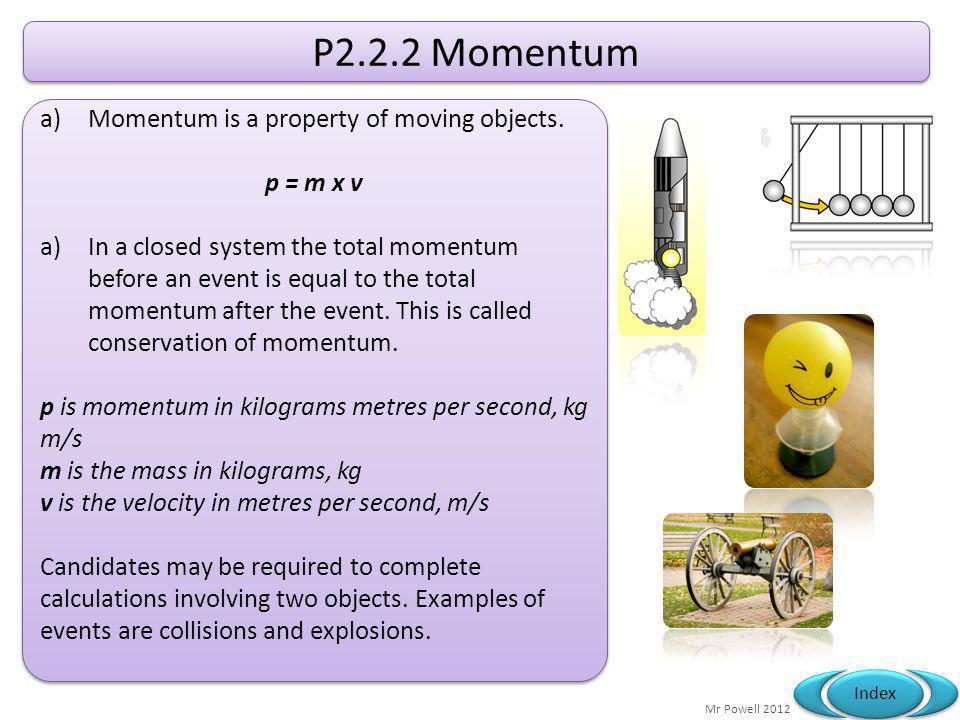Problem :
There are two types of problem solving activities for this class. Group Problem Solving (Mondays and Wednesdays) Problem Solving Sessions (Fridays) Group Problem Solving (Mondays and Wednesdays) These in-class problems are solved in groups and are not graded. 2.1 Virtual learning in higher education (Virtual University and Virtual Polytechnic) 2.2 Virtual School. 2.3 Research and development relating to learning environments. Strengthening information society structures in education, training and research - Scope or level: regional, national, European; geographical coverage.
A 5 kg block is moved up a 30 degree incline by a force of 50 N, parallel to the incline. The coefficient of kinetic friction between the block and the incline is .25. How much work is done by the 50 N force in moving the block a distance of 10 meters? What is the total work done on the block over the same distance?

Finding the work done by the 50 N force is quite simple. Since it is applied parallel to the incline, the work done is simply W = Fx = (50)(10) = 500 J.
Problem Solving Part 2 (physics)mr. Standring's Webware 2.

Finding the total work done on the block is more complex. The first step is to find the net force acting upon the block. To do so we draw a free body diagram:Because of its weight, mg, the block experiences a force down the incline of magnitude mg sin 30 = (5)(9.8)(.5) = 24.5 N. In addition, a frictional force is felt opposing the motion, and thus down the incline. Its magnitude is given by Fk = μFN = (.25)(mg cos 30) = 10.6 N. In addition, the normal force and the component of the gravitational force that is perpendicular to the incline cancel exactly. Thus the net force acting on the block is: 50 N -24.5 N -10.6 N = 14.9 N, directed up the incline. It is this net force that exerts a ìnet workî on the block. Thus the work done on the block is W = Fx = (14.9)(10) = 149 J.
Problem Solving Part 2 (physics)mr. Standring's Webware 2.2
Solutions…
Problem Solving Part 2 (physics)mr. Standring's Webware 2nd Edition
All objects have weight. Objects resting on solid surfaces also experience a normal force. Weight points down, since it always does. Normal points up, since the problem didn't say anything about the scale not being level. Draw a box with one arrow pointing up and another pointing down. Try to make the upward pointing arrow look smaller than the downward one. Label the upward pointing arrow 'normal' and the downward pointing arrow 'weight'.
Use the simple equation for weight. Assume the elevator is near the surface of the Earth where gravity is around its standard value.
W = mg W = (0.150 kg)(9.8 m/s2) W = 1.47 N There are only two forces on the cheeseburger and they are opposite each other. This means the net force is the difference of the two forces. I think I will let up be the positive direction for this problem. The normal force is what the scale reads. Weight was computed in the previous part of this problem. The difference is negative, which means the net force is downward.
∑F = N − W ∑F = 1.14 N − 1.47 N ∑F = −0.33 N down Use Newton's second law of motion to determine the acceleration. The mass of the cheeseburger was given in the problem and we just computed the net force a moment ago. Net force and acceleration are always in the same direction, since the math says so. Acceleration is also downward.
a = ∑F m a = −0.33 N 0.150 kg a = −2.2 m/s2 down The speed of the elevator is decreasing since the acceleration is opposite the velocity.
